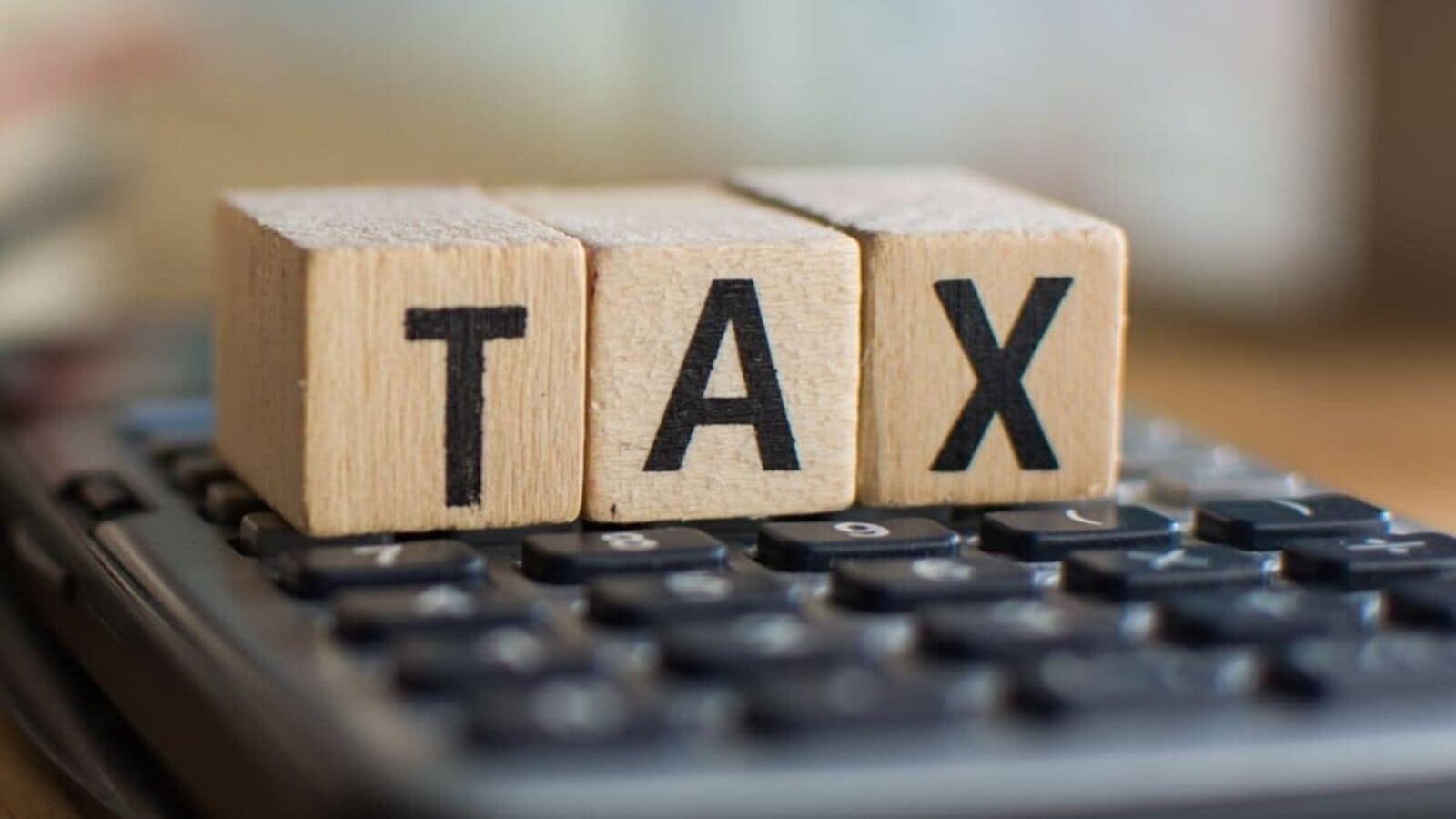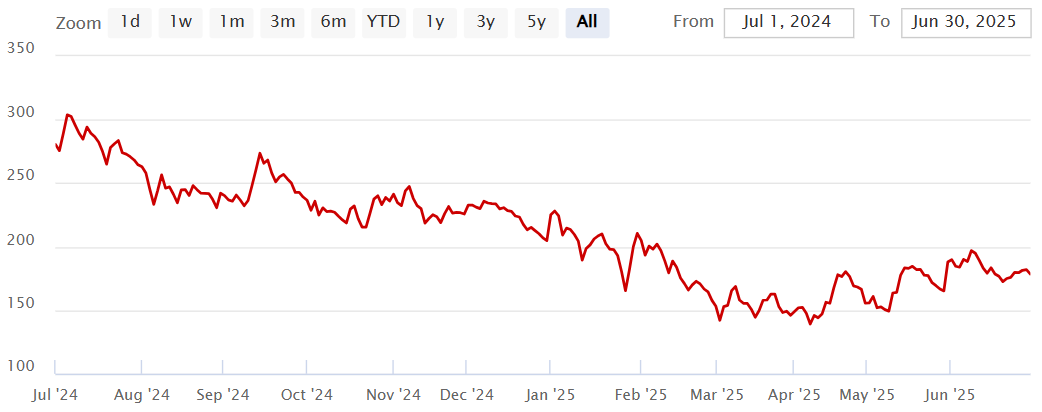I asked ChatGPT “how to save income tax” for FY 2024–25 — I was shocked by the ₹45,000 I saved

Every March, the same story repeats.
I open YouTube and search:
“How to save tax?”
Soon, I’m watching five different videos giving five different strategies. One suggests ELSS, another pushes insurance, and yet another is throwing formulas like a coaching class. By the end, I’m more confused than when I started.
So this year, I tried something different.
I opened an AI assistant and typed a simple prompt:
“My CTC is ₹15,00,000. Can you help me save tax for FY 2024–25?”
The result? A clear, personalised roadmap I could actually use.
My salary structure (CTC ₹15 Lakh)
Nothing unusual — just a typical mid-level salaried setup:
- Basic salary: ₹6,00,000
- House Rent Allowance (HRA): ₹3,00,000
- Special allowance: ₹3,00,000
- Performance bonus: ₹2,00,000
- Employer PF contribution: ₹72,000
Like many, I assumed this was already tax-efficient. But after digging deeper, I found room for improvement.
1. HRA exemption — A missed saver
The tool asked a few key questions:
- Do you live on rent? → Yes
- Rent amount? → ₹25,000/month
- City? → Bengaluru (classified as a metro)
HRA exemption is calculated as the least of the following:
- Actual HRA received = ₹3,00,000
- 50% of basic salary (for metro) = ₹3,00,000
- Rent paid – 10% of basic = ₹3,00,000 – ₹60,000 = ₹2,40,000
HRA exempted = ₹2,40,000
Only ₹60,000 is taxable.
Earlier, I was mistakenly paying tax on the full ₹3 lakh. This fix alone made a big difference.
2. Deductions I was overlooking
The assistant nudged me to revisit basic exemptions and deductions under Sections 80C, 80D, and 80G:
|
Deduction type |
Amount ( ₹) |
|---|---|
|
Standard Deduction |
₹50,000 |
|
Employee PF (12% of Basic) |
₹72,000 |
|
Term Insurance Premium |
₹20,000 |
|
Health Insurance Premium (80D) |
₹25,000 |
|
NGO Donations (80G) |
₹10,000 |
Tip: You can also include these popular 80C options:
Many of us already invest in these but forget to claim them properly.
3. Bonus restructuring — A hidden tactic
The ₹2L annual bonus I receive is fully taxable. The AI suggestion? Restructure it into tax-efficient components.
Possible inclusions (if HR permits):
- Leave Travel Allowance (LTA)
- Fuel & driver reimbursement
- Books or professional development expenses
- Work-from-home allowance
These are all legitimate expense categories. If you already incur these costs, ask HR whether they can be incorporated into your pay structure.
Tip: Not all companies allow this — but it’s worth the conversation.
4. Old vs. new tax regime — A clear comparison
Here’s how my taxable income compared under both regimes:
|
Component |
Amount ( ₹) |
|---|---|
|
Gross Salary |
15,00,000 |
|
(-) HRA Exemption |
2,40,000 |
|
(-) Standard Deduction |
50,000 |
|
(-) 80C (PF + Term Insurance) |
92,000 |
|
(-) 80D (Health Insurance) |
25,000 |
|
(-) 80G (Donations) |
10,000 |
|
Net Taxable Income (Old Regime) |
₹10,83,000 |
|
Net Taxable Income (New Regime) |
₹14,50,000 |
Approximate tax payable:
|
Regime |
Tax amount ( ₹) |
|---|---|
|
Old |
₹1,37,640 |
|
New |
₹1,82,500 |
Choosing the old regime saved me ₹44,860
All through legitimate exemptions and smart structuring — no complicated tricks.
Key lessons from the experience
What made the difference wasn’t just the tool — it was asking the right questions:
- Have I accounted for all eligible exemptions under 80C?
- Am I using 80D and 80G appropriately?
- Is my HRA correctly calculated?
- Can my variable pay be optimized?
Many salaried individuals miss out on deductions they’re already eligible for, just because they don’t revisit their structure every year.
Tax-saving checklist for FY 2024–25
- Recalculate your HRA — don’t pay tax unnecessarily
- Use 80C to the max — PF, PPF, ELSS, LIC, home loan
- Don’t skip 80D and 80G — health and charity both help
- Compare old vs new regimes — one isn’t always better
- Talk to HR — explore reimbursement options
- Start early — don’t leave it for March
- Use digital tools or advisors — for cross-checking and clarity
Final thoughts
For salaried individuals with simple income structures, it’s possible to plan taxes without waiting till the last moment — or relying entirely on financial influencers.
Whether you use an online calculator, AI assistant, or consult a CA — what matters is being proactive and informed.
Because saving tax isn’t about loopholes — it’s about knowing the rules and applying them smartly.
Disclaimer: This article is for educational purposes only and should not be considered tax advice. Tax outcomes vary by individual, and it is recommended to consult a qualified tax advisor for personalized guidance.







